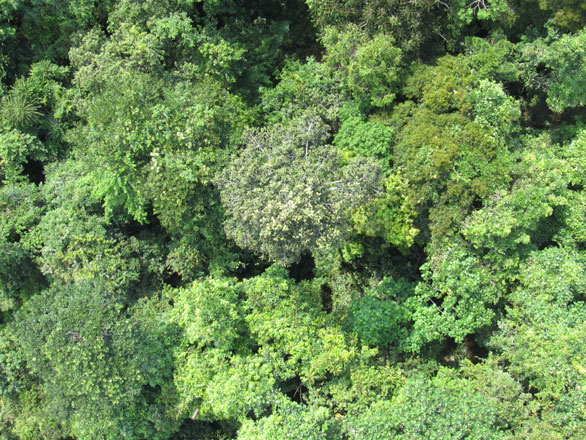At TEDGlobal 2013 environmental systems researcher Lian Pin Koh presents a new and unexpectedly benign use for drones: nature conservation.
Nepal has natural landscapes that are beautiful — and in danger. But wildlife conservation is costly, and time- and labor-consuming. Behold: Conservation drones, a new tool being used in Nepal to combat wildlife crime. These drones give a bird’s-eye view of the landscape and capture detailed, high-definition images of objects on the ground.
Conservation drones are cheap and simply made. At the core, they are model aircrafts fitted with autopilot systems. Each contains a small computer chip equipped with a GPS, barometric altimeter and other sensors, and carries a payload such as a video or photographic camera. The software allows a user to program the drone easily on an open-source Google Maps interface, and the drone even lands itself. All told, one drone costs no more than a decent laptop.
Koh’s drones are now used in remote parts of the Indonesian rainforest to track orangutan nests and monitor the species population. Traditionally, orangutan monitoring happens on foot with binoculars, and in the past it has cost up to a quarter of a million dollars to estimate the size of the population in this region.
Koh and his team have been able to capture dozens of nests on camera, and are working with scientists now to develop algorithms that could automatically detect orangutan nests from among thousands of photos.
Recently Koh and his team have begun experimenting with thermal imaging cameras to detect poachers. And conservation drones are rapidly improving; Koh’s latest MAJA model has a 1.8-meter wingspan, weighs two kilograms, and can stay in the air 40 to 60 minutes at a time. The potential uses are endless: They can be used to monitor other species populations, the health of trees, deforestation, agricultural expansion, illegal logging, and so on. As Koh and his team are showing, drones are not only the ultimate “toys for boys,” but can be effective tools in protecting the environment.
Lian Pin Koh’s talk is now available for viewing. Watch it on TED.com »



Comments (13)
Pingback: Conservation Drones Maja – Penal Drones
Pingback: » Underwater Smart Phones: Keeping tabs on drinking water | The Journalist
Pingback: Daniel Suarez: The kill decision shouldn’t belong to a robot | Beaver at work
Pingback: Drones in conservation | SEE – Social/Environment/Economic information
Pingback: Lian Pin spoke at TEDGlobal 2013, Edinburgh, Scotland | LianPinKoh
Pingback: MAGIC VIDEO HUB | Drones: will they save us or destroy us?
Pingback: Drones: will they save us or destroy us?
Pingback: Drones: will they save us or destroy us? | BizBox B2B Social Site
Pingback: Drones: will they save us or destroy us? | Best Science News
Pingback: Drones: will they save us or destroy us? - nuhrdspace.com
Pingback: Web Development & Social Media – New York Based | Drones: will they save us or destroy us?
Pingback: TED Global 2013, Edinburgh, Scotland | JuanitaTortilla
Pingback: Daniel Suarez : les robots tueurs, avenir de la guerre, cauchemar pour l’humanité | TEDGlobal Edimbourg 2013